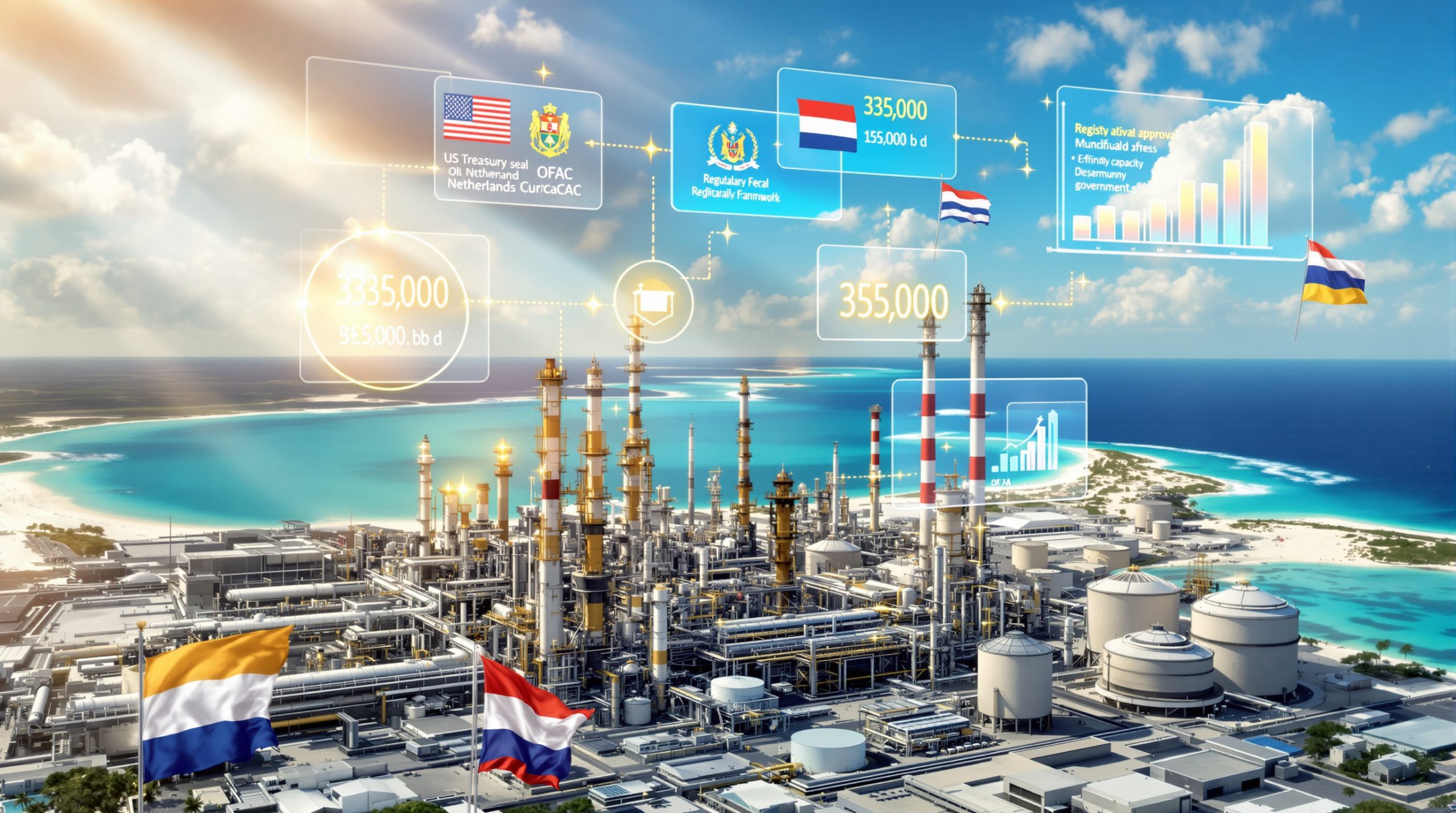What Are Trade Wars and Tariffs?
Definition and Basic Concepts
Trade wars arise when nations escalate protectionist measures, primarily through tariffs—taxes on imported goods designed to shield domestic industries. President Trump's 2024 tariff plan exemplifies this strategy, targeting countries with which the U.S. runs trade deficits, such as China, whose retaliatory tariffs reached 34% on American goods. Unlike historical precedents, today's globalized supply chains mean a single product often incorporates components from dozens of countries, making trade war and tariffs disproportionately disruptive. For instance, a product labeled "made in the USA" might source 80% of its parts internationally, rendering blanket tariffs economically myopic.
Historical Context of Trade Wars
The Smoot-Hawley Tariff Act of 1930, which exacerbated the Great Depression by stifling international trade, serves as a cautionary tale. However, modern trade conflicts pose broader risks due to the integration of global manufacturing networks. Nicole Adsbell, Principal at Koopa Advisory, notes that democratic governments' short election cycles hinder long-term strategic planning compared to China's decades-long industrial policies, particularly in critical mineral processing. This disparity leaves Western nations vulnerable to supply chain shocks, as seen in China's dominance over 80% of rare earth element processing—a leverage point in ongoing trade negotiations.
How Do Tariffs Impact Global Supply Chains?
Complexity of Modern Manufacturing
Modern manufacturing relies on geographically dispersed supply chains optimized for cost efficiency. Tariffs disrupt this equilibrium by inflating input costs, particularly for industries like mining, which depend on imported machinery and components. For example, Walmart's store closures in anticipation of higher costs for Chinese goods illustrate the immediate economic fallout. Adsbell emphasizes that such disruptions force companies to delay capital allocation decisions, stifling growth and innovation.
Immediate Economic Consequences
The Trump administration's tariffs have already triggered price increases for U.S. consumers, with Nicole Adsbell noting that "everything starts to get more expensive." This inflationary pressure erodes purchasing power and risks dampening consumer confidence—a critical driver of economic growth. Furthermore, mining projects face heightened uncertainty, as developers struggle to forecast costs amid fluctuating tariff rates. Barrick Gold's Reko Diq copper project in Pakistan, for instance, confronts security risks and geopolitical instability despite its $72 billion projected cash flow.
What Economic Theory Says About Trade Wars
Adam Smith's Perspective on Trade
Adam Smith's seminal critique of mercantilism argued that trade deficits do not inherently diminish national wealth, as value creation through processing and innovation matters more than trade balances. Smith's assertion that trade "is always advantageous to both parties" challenges the Trump administration's zero-sum approach. For example, the U.S. adds significant value to raw materials imported from Canada and Mexico, generating economic benefits beyond simplistic deficit metrics.
The Fallacy of Trade Deficits
The Trump administration's focus on trade deficits as a measure of exploitation overlooks the nuanced role of global value chains. Adsbell highlights that China's undervalued currency and subsidized industries create uneven playing fields, but retaliatory tariffs risk triggering a cycle of escalation. Economic theory suggests that deficits often reflect comparative advantages and consumer preferences rather than unfair practices. For instance, the U.S. trade deficit with China persists partly because American consumers demand affordable electronics—a sector where China excels.
How Are Trade Wars Affecting Critical Minerals Supply?
Rare Earth Elements and Supply Chain Vulnerability
Despite their name, rare earth elements (REEs) are relatively abundant but geographically concentrated. China's control over 80% of global processing capacity grants it strategic leverage, as building alternative facilities could take 5–10 years. Adsbell argues that democratic nations' short-term political cycles hinder investments in smelting and refining infrastructure, unlike China's long-term planning. Canada, with its stable governance and cheap hydropower, emerges as a potential hub for processing, though environmental opposition remains a barrier.
Strategic Mineral Processing Challenges
Processing facilities require substantial capital and offer low margins, deterring private investment without government support. China's state-driven model contrasts with Western reliance on market forces, creating vulnerabilities in sectors like electric vehicle production, where REEs are indispensable. Adsbell notes that a Chinese embargo on REE exports would cripple global manufacturing, underscoring the need for diversified supply chains. Understanding China's economic stimulus and its impact on Australian resources is crucial for investors in this context.
Why Are Gold Markets Responding to Trade War Threats?
Gold as a Safe Haven Asset
Gold prices have surged as investors seek stability amid recession fears. Scotia Bank analysis indicates senior gold companies trade at a discount to bullion, signaling upside potential as generalist investors enter the market. Adsbell observes that gold miners previously diversifying into copper are now recentering on gold, reflecting shifting investor priorities.
Investment Patterns in Gold Markets
Larger, liquid gold firms attract initial generalist interest, while smaller developers lag until later in the cycle. This tiered investment pattern mirrors historical trends, where market volatility drives capital toward perceived safe assets. For example, Franco-Nevada's outperformance highlights the appeal of low-risk exposure to gold price appreciation. Investors interested in this sector would benefit from a beginner's guide to investing in mining stocks.
How Are Geopolitical Tensions Affecting Mining Investments?
Case Study: Reko Diq Copper Project in Pakistan
Barrick Gold's Reko Diq faces security threats from the Baluchistan Liberation Army, complicating its $60 million civil works contract. CEO Mark Bristo's strategy combines social investment (e.g., hospitals, schools) with revenue-sharing agreements, granting Baluchistan a 25% free carried interest. However, Adsbell cautions that economic benefits alone may not mitigate regional insurgencies, as seen in Panama's recent mine closures. Furthermore, understanding how Trump's policies are reshaping global commodity markets is essential for evaluating long-term investment prospects.
Russian Influence in West Africa
Russia's growing military support for juntas in Burkina Faso, Mali, and Niger destabilizes Western mining operations. Adsbell notes that junta-led governments increasingly demand higher ownership stakes, mirroring Mali's recent resource nationalism. This shift jeopardizes projects like B2Gold's Fekola mine, where political risk premiums have surged. In light of these developments, navigating the geopolitical shift in mining investments has become a critical skill for resource investors.
What M&A Activity Signals About the Mining Sector?
Current Acquisition Trends
Endeavor Silver's $145 million acquisition of Monero Culpa in Peru and Alpana's hostile bid for Sierra Metals reflect strategic positioning for growth. Creative financing, such as streams and bought deals, enables acquisitions despite tight credit markets. Adsbell attributes this trend to investor demand for production growth, particularly in precious metals.
Strategic Positioning for Growth
Developers without near-term production timelines struggle to attract capital, prompting consolidation. For example, Hot Chili's spin-off of its water infrastructure business, Wasco Water, aims to unlock value by addressing sector-wide scarcity issues. Such moves highlight the industry's focus on operational efficiency and ESG criteria.
How Are Mining Companies Addressing Water Scarcity?
Innovative Water Solutions
Hot Chili's $151 million seawater supply project in Chile, delivering 500 liters per second, exemplifies decentralized water solutions. By securing a decade-long licensing process early, the company positions itself as a regional water provider, attracting pension funds seeking long-duration assets.
Strategic Value of Water Rights
Chile's groundwater restrictions have elevated seawater licenses to strategic assets. Adsbell notes that shared infrastructure reduces environmental impact and costs, as seen in Antofagasta's water asset sale to Canadian pension funds. This model could mitigate disputes over resource allocation in arid regions. Recent events have shown that surging iron ore prices amid global tensions can significantly impact investment decisions in the resource sector.
FAQ: Trade War and Mining Investment
How do tariffs specifically impact mining operations?
Tariffs increase equipment costs and delay projects via supply chain uncertainties. For example, U.S. mines reliant on Chinese machinery face 54% import duties, inflating capital expenditures.
Why are rare earth elements important in the trade war context?
REEs' critical role in renewables and defense amplifies supply chain risks. China's processing monopoly allows it to weaponize exports, as seen in its 2010 embargo against Japan.
How should investors approach mining stocks during trade wars?
Focus on large, liquid gold producers first, then mid-tiers as the cycle matures. Avoid developers without clear paths to production.
What regions present the highest geopolitical risk for mining investment?
Baluchistan and West Africa face insurgencies and shifting alliances, while resource nationalism rises in Latin America.
How are financing structures changing for mining acquisitions?
Combinations of equity, debt, and streams replace traditional bank loans, reflecting tighter credit conditions and investor risk aversion.
Ready to Capitalise on the Next Major Mineral Discovery?
Don't let trade wars and market volatility blind you to potential high-return opportunities in the mining sector. Discovery Alert's proprietary Discovery IQ model delivers instant notifications when significant ASX mineral discoveries are announced, helping you make informed investment decisions ahead of the market. Explore why historic discoveries have generated substantial returns by visiting our dedicated discoveries page.




